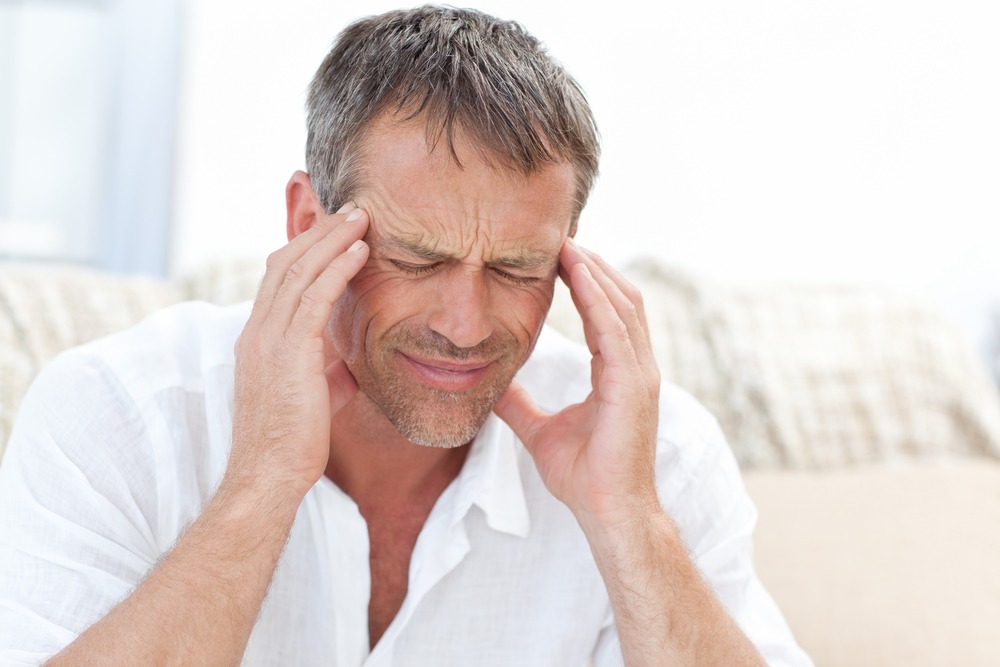Scoliosis is a curvature of the spine that is lateral in nature. The curvature seen in scoliosis may occur in one or more places on the spine. Scoliosis is often seen and diagnosed in children and adolescents. Adults can also be diagnosed with scoliosis. Adult diagnosis of scoliosis may occur if they had a mild curvature in their spine that has progressed in adulthood or if they had a degenerative disorder that affected their spine. Osteoporosis may also effect the spine and lead to an adult diagnosis of scoliosis.
Scoliosis may affect three different sections of the spine. These sections include:
- The neck (i.e., cervical spine)
- The chest and upper back (i.e., thoracic spine)
- The lower back (i.e., lumbar spine)
Symptoms of Scoliosis in Adults
There are several common symptoms of scoliosis in adults. First, adults often feel pain if they are experiencing scoliosis. This is the most common reason that adults seek treatment and are eventually diagnosed with scoliosis. The pain from scoliosis may be due to the curvature of the spine or the compression of spinal nerves. Compression of spinal nerves (i.e., spinal stenosis) can cause inflammation of the spinal nerves, which leads to numbness, weakness, and leg pain when an individual is standing or walking for an extended period of time.
Another common symptom of scoliosis in adults is the appearance of a deformity or a bulge in the back. Individuals are typically able to pinpoint the area they are experiencing back pain and there is often a visible bulge. Deformities or a bulge is due to rib cage rotation or muscle rotation. Further, an asymmetric appearance in the trunk may also be prominent.
Other symptoms that are seen in adults with scoliosis include the following:
- Shortness of breath and quick fatigue -this symptom primarily affects individuals that have progressive and large curve in the spine that compress the lungs and airway.
- Loss of stature (i.e., height)
- Feeling full quickly – this is also known as becoming prematurely satiated. This symptom primarily affects individuals who have curvature of the spine that fall in the lumbar and thoracic areas of the spine. The pressure of the curvature on the abdomen and stomach can lead to an individual feeling full, even if their stomach is not full.
Treatment of Scoliosis in Adults
The treatment of scoliosis in adults is often non-surgical. Many individuals diagnosed with scoliosis as adults are able to gain pain relief from the following treatments:
- Modification in activity
- Weight loss and maintenance
- Training of posture
- Pain medications including non-steroid anti-inflammatory drugs
- Attending physical therapy in order to target core muscle ability and strength
Individuals who experience pain after trying non-invasive treatments may be able to benefit from steroid injections. Steroid injections that treat scoliosis are injected in the joints of the spine where the vertebrae meet (i.e., facet joints). Another method of injecting steroids for the treatment of scoliosis is to administer it through an epidural.
The administration of an epidural is conducted through the insertion of a needle into the spinal canal, which allows the drugs to be delivered right into the nerve root that is affected by the scoliosis. Some individuals may experience muscle spasm due to their scoliosis. In this case, they will be directed to wear a brace for a short time period in order to help ease the muscle spasms.
Surgical treatments for individuals who are diagnosed with scoliosis as adults can also take place. Surgical treatments are only recommended for certain individuals including those who:
- Have spinal curvature that is more than 50 degrees and experience a significant impairment in their daily functioning
- Are not responsive to non-invasive treatment protocols and procedures
- Experience exacerbated degeneration in their neurological or lung functioning
The most common type of surgical treatment for individuals who are diagnosed with scoliosis as adults is posterior spinal fusion conducted with artificial implants. This is done through welding the vertebrae of the spine together through the use of bone chips. The bone chips are sourced through autografts (i.e., taken from another area of the patient’s body) or through allografts (i.e., bone chips from donors)
If you would like more information regarding treatment for individuals diagnosed with scoliosis as adults please contact us at 205-637-1363.








